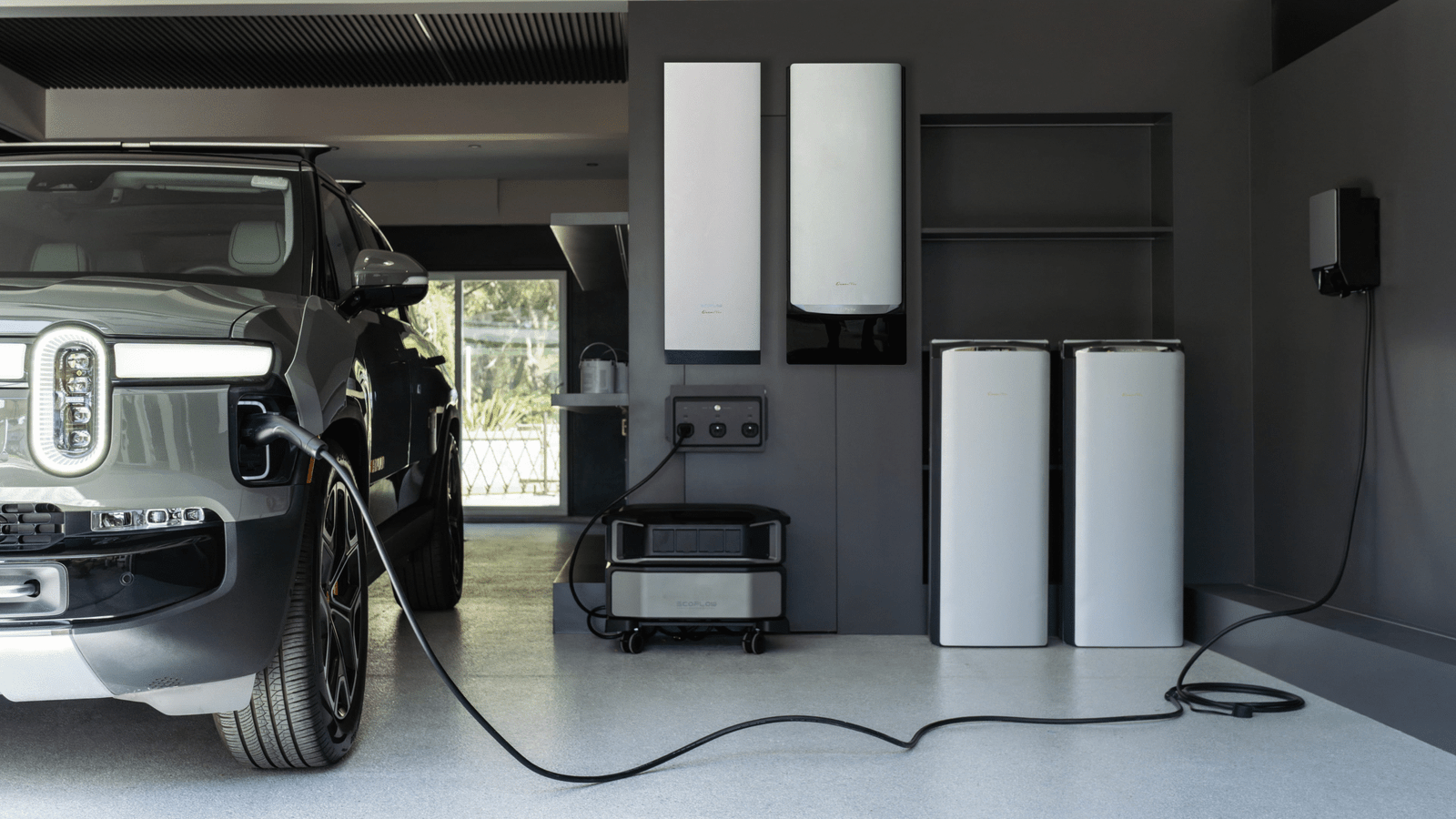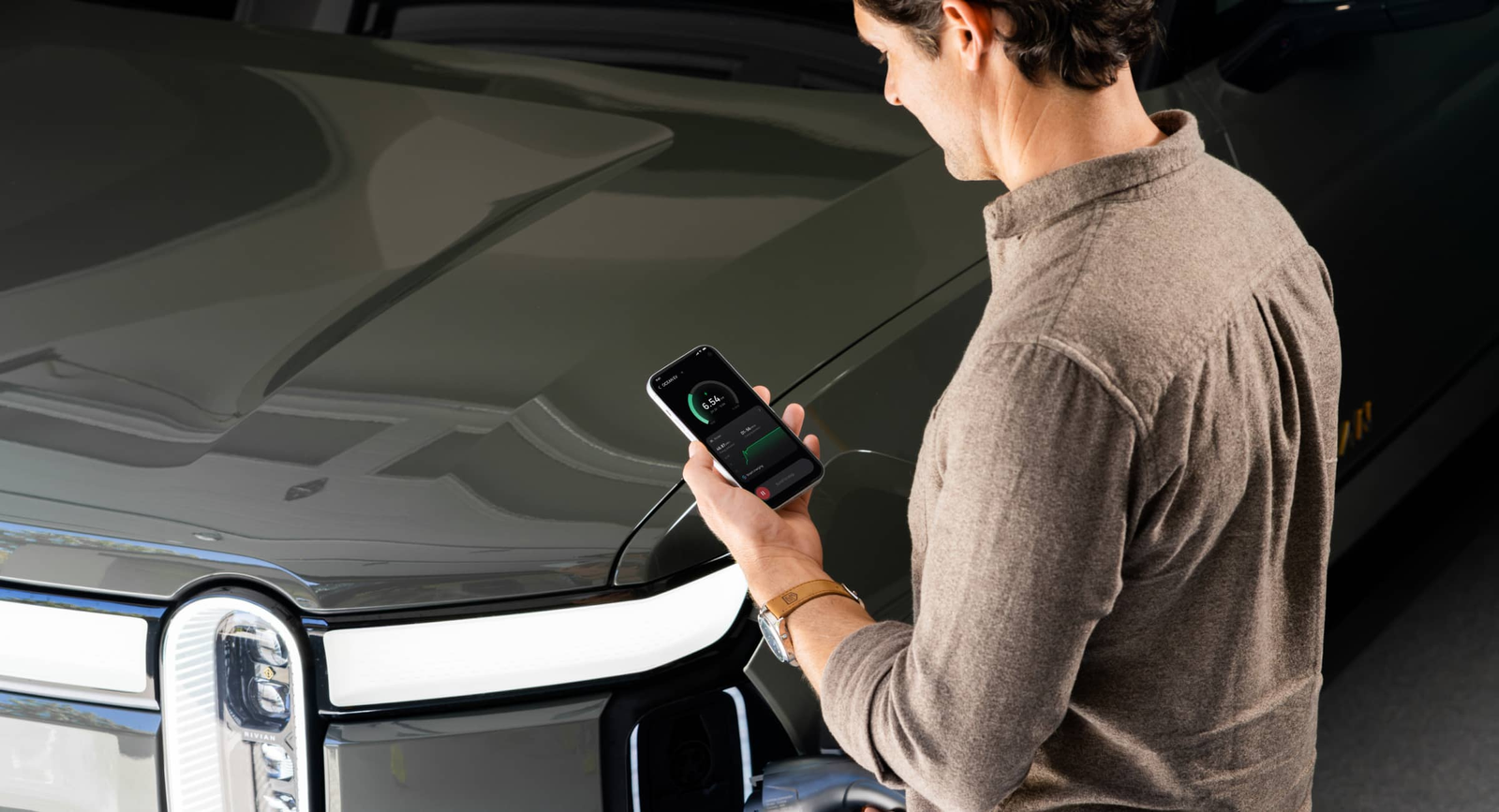For more than a century, homes relied on the same one-way relationship with energy: power flowed in from the grid, bills went out, and families hoped for the best. But that model is changing fast. Rising energy prices, frequent blackouts, and the explosive growth of electric vehicles have pushed homeowners to take control.
Today’s homes are no longer just consumers of electricity—they’re becoming producers, managers, and even suppliers. By combining rooftop solar, high-capacity batteries, and intelligent EV charging, families are building fully electric homes that run on their own terms. It’s not a distant dream. It’s happening right now, powered by technology designed to make clean energy smarter, more reliable, and more affordable than ever.
Power begins with the sun
Every energy-independent home starts with generation. Rooftop solar has evolved from niche technology into mainstream infrastructure for modern living. Panels are now more efficient, durable, and flexible, able to turn any sunny surface into a miniature power plant.
But the real transformation comes from how that solar energy is used. Instead of pushing all power back to the grid, homeowners can now store it locally and use it when they need it most—day or night, rain or shine. That’s the essence of solar power for your home: transforming sunlight into 24-hour self-sufficiency.
Modern solar setups allow households to power daily essentials, charge electric vehicles, and even export surplus energy to neighbors or the grid. And when combined with a high-efficiency storage system, the same sunlight that cools your house in summer can charge your car and power your evening routine—all without drawing from the utility.
Storage: the heart of true independence
The missing link between daytime generation and nighttime use has always been energy storage. Traditional grid-tied solar systems depend on the grid to balance output. But with advanced home battery systems, that dependency fades away.
Next-generation storage units, like EcoFlow’s OCEAN Pro, are engineered to perform far beyond simple backup duty. With 24 kW continuous power output, 50 kW surge handling, and modular expansion up to 80 kWh, these systems easily support large homes, electric heating, and multiple EVs.
Efficiency is just as critical as capacity. With 97.5% solar-to-home efficiency and 89% round-trip performance, OCEAN Pro ensures almost every watt you produce is available for use. And it’s built to last, operating safely between –4°F and 140°F and up to 100% humidity—ideal for everything from Florida’s coastal air to Colorado’s mountain winters.
Unlike old generator setups that only activate during outages, a modern solar battery works every day—charging from the sun, powering your home during peak hours, and saving you money through smart time-of-use management.
It’s not just energy storage—it’s a daily power strategy.

EV charging: the new frontier of home energy use
As electric vehicles become the norm, home energy demand is shifting rapidly. Charging a single EV can add hundreds of kilowatt-hours to a household’s monthly usage. For homes without energy optimization, that means higher bills and heavier grid reliance.
But the next wave of smart charging technology is turning that challenge into an opportunity. The latest solar EV charger systems seamlessly connect your rooftop panels, your battery storage, and your vehicle—so you can literally drive on sunlight.
EcoFlow’s solar-ready Level 2 EV chargers are built for this era of convergence. They automatically pull energy from your home battery during peak grid hours and prioritize direct solar charging when available. This not only reduces costs but also minimizes your carbon footprint.
In essence, your car becomes another smart device in your home’s energy ecosystem—charged by the same clean, self-generated power that runs your lights, appliances, and heating.
How the electric home ecosystem works
In a fully integrated system, energy flows dynamically through three key layers:
- Generation (solar panels) – Capture sunlight during the day.
- Storage (home battery) – Save excess power for nighttime or emergencies.
- Usage (home + EVs) – Automatically distribute power where it’s needed.
All of this coordination happens in real time. Smart energy management systems monitor household loads, predict usage patterns, and even respond to utility signals. That means your home charges its battery when electricity is cheap or abundant and draws from it when prices spike.
And with smart load prioritization, essential circuits—like heating, refrigeration, or EV charging—stay active even if the grid goes down.
This isn’t futuristic automation—it’s available today. Intelligent home grids learn your habits, forecast weather, and balance solar generation with consumption for continuous efficiency.
Built to withstand real-world conditions
For many homeowners, resilience is as important as efficiency. That’s why durability is built into the foundation of modern energy systems. OCEAN Pro’s NEMA 3R enclosure protects it from rain, dust, and snow, while certifications like UL 9540B, UL 1973, and UL 1741 ensure it meets strict safety and grid standards.
Its rapid shutdown compliance makes installation safer for professionals, while an operating altitude of up to 3,000 meters and tolerance for 100% humidity make it a fit for nearly every environment.
In other words, the modern electric home isn’t just efficient—it’s resilient, ready to perform through any condition.

Smarter homes, smarter living
The beauty of a fully electric home is that it’s not just energy-efficient—it’s intelligent. Homeowners can now monitor and manage their entire energy ecosystem from a smartphone app. Whether you’re at home, at work, or on vacation, you can see exactly how much power your system is generating, storing, and using.
This real-time visibility empowers smarter living. Want to charge your EV during off-peak hours? Set it and forget it. Need to ensure your home battery reaches full charge before a storm? The system handles it automatically.
This level of automation makes clean energy accessible and effortless. It’s energy management that adapts to your lifestyle—not the other way around.
Conclusion
True independence isn’t about cutting ties with the grid—it’s about freedom of choice. It’s knowing that your home can generate, store, and manage its own power, whether the grid is online or not.
Fully electric homes represent this new freedom. They generate power locally, store it intelligently, and use it efficiently. When you drive your EV charged by your own rooftop solar, you’re not just saving money—you’re participating in the clean energy transition firsthand.
And as more families make this shift, neighborhoods will become networks of intelligent microgrids, reducing strain on utilities and creating community-level resilience.
That’s the promise of the fully electric home: clean power that moves with you, grows with you, and sustains you.

